InTheGarageMedia.com
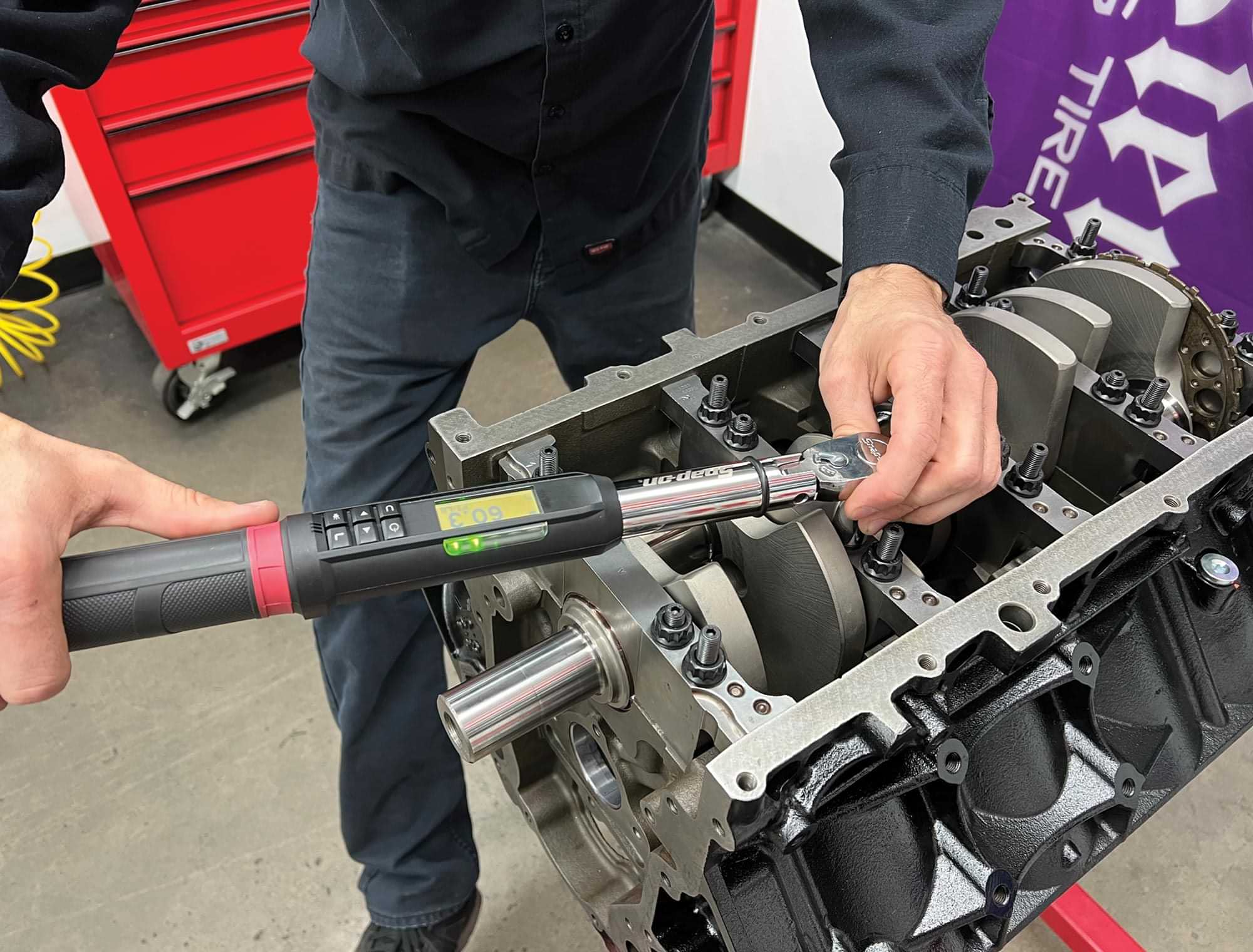

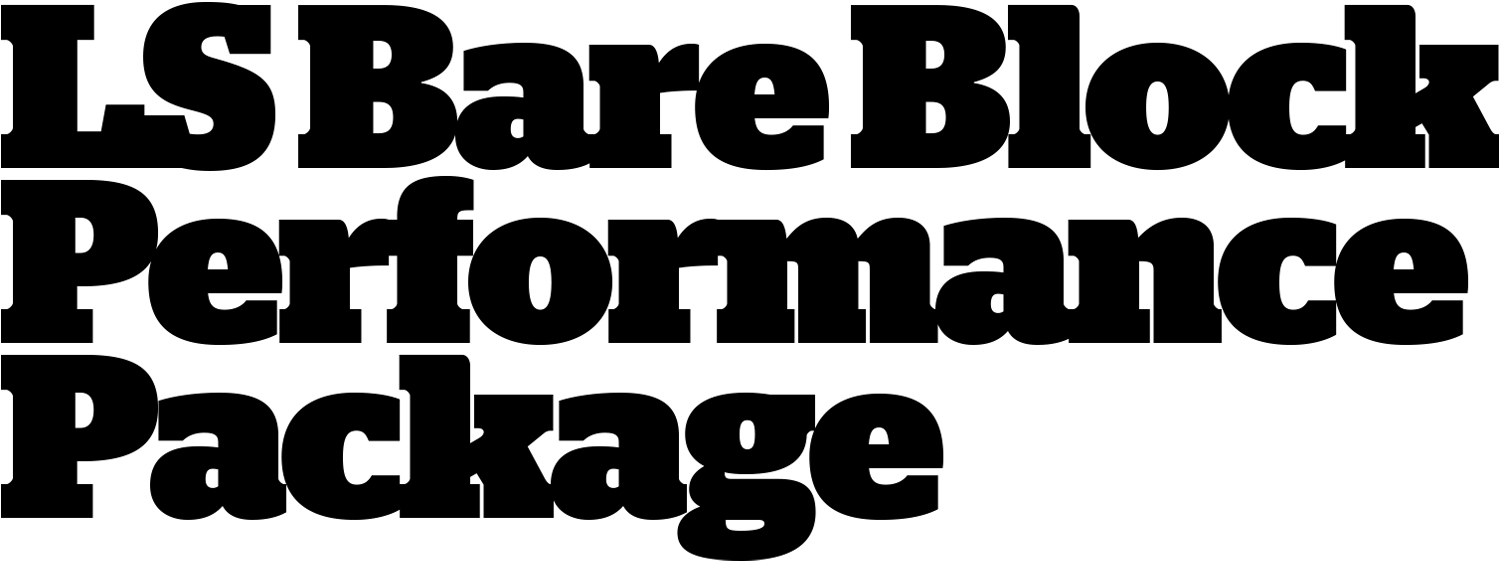
Part 1: Prepping, Inspecting, and Assembling the Bottom End of Our Summit Racing LS
 Photography by Brian Brennan
Photography by Brian Brennan  Videography by Ryan Foss
Videography by Ryan Fosshen it comes to building a performance LS engine package, there’s no better source for not only those internal components but also the tools required to properly measure and inspect those components than Summit Racing. Not only does Summit stock all the usual suspects when it comes to engine parts and speed equipment, their private label line offers a laundry list of products with an eye toward quality and affordability. From the pan to the valve covers, we turned to Summit at every corner of our latest LS build, and they had everything we needed.
Keeping a tightly wound engine together requires quality hardware and for that end Automotive Racing Products fasteners will be used from the main studs to the head bolts. A successful combination to be sure, AHP’s Kyle Martelli will be bringing in his expertise to carefully inspect and assemble every aspect of the LS build.
Martelli will be inspecting the block first, checking crankshaft main bearing clearances before installing the cam bearings. From there, the crankshaft will be ready for installation and a few additional procedures will follow before the bottom end of our Summit Racing LS build is complete. We’ll come back next time and cover the rotating assembly, heads, and valvetrain before putting our mighty LS engine on AHP’s dyno where it will be broken in and its abilities demonstrated.
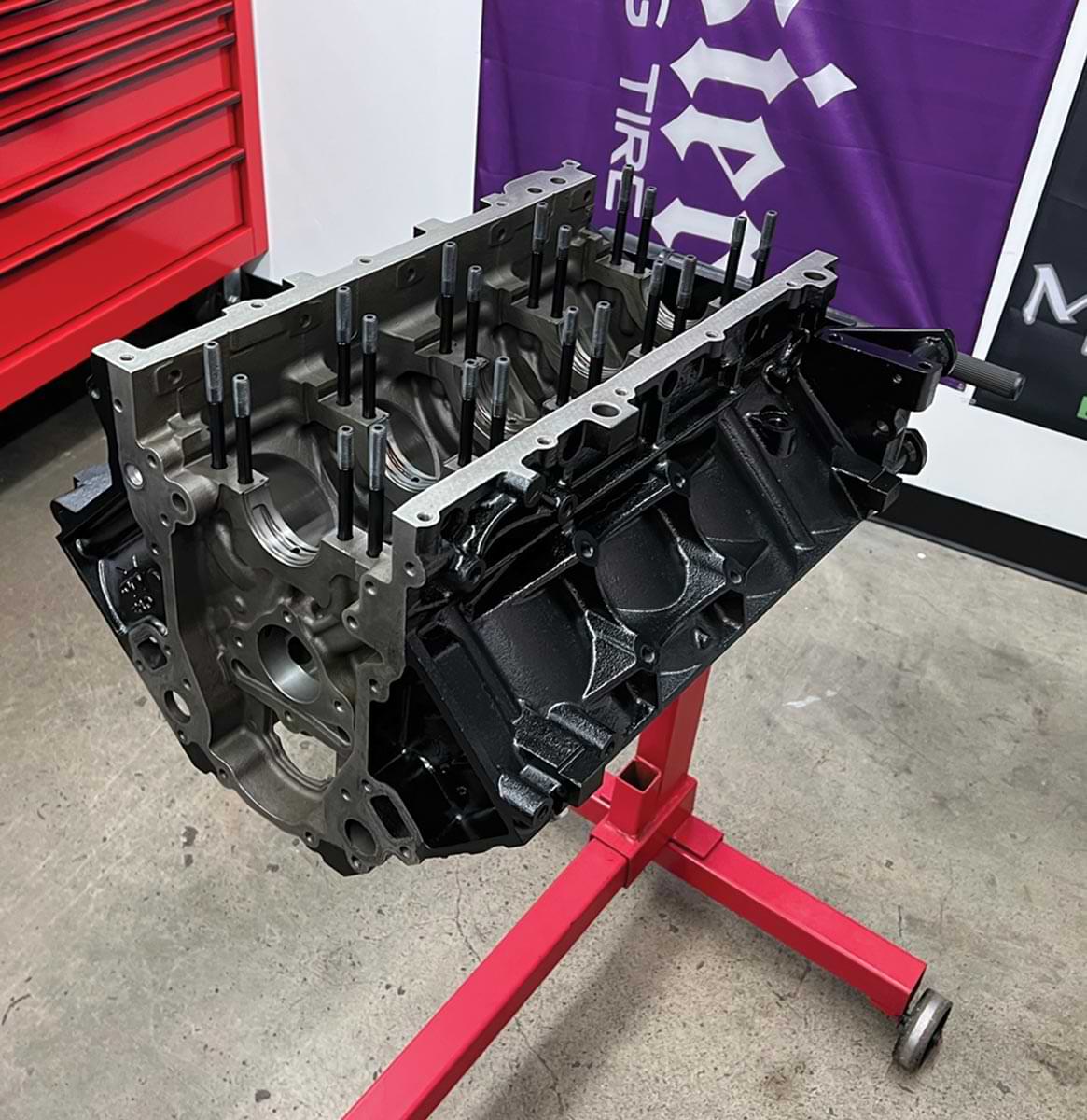
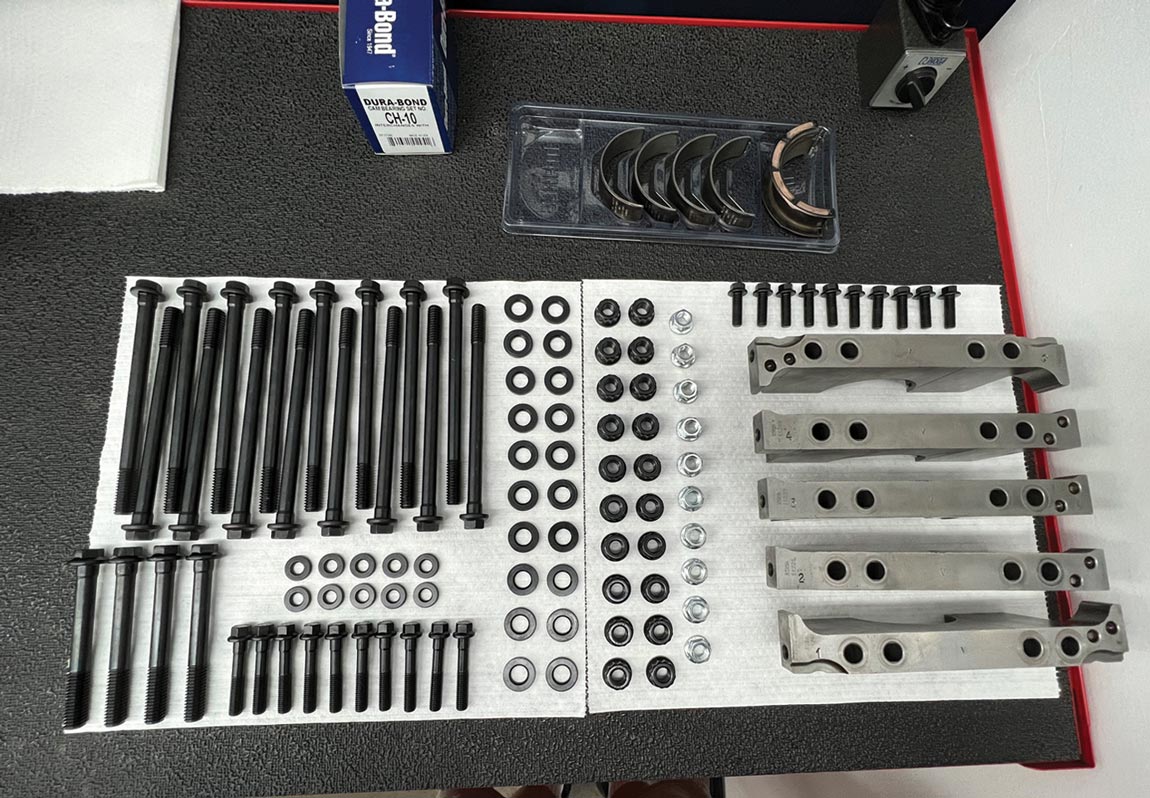
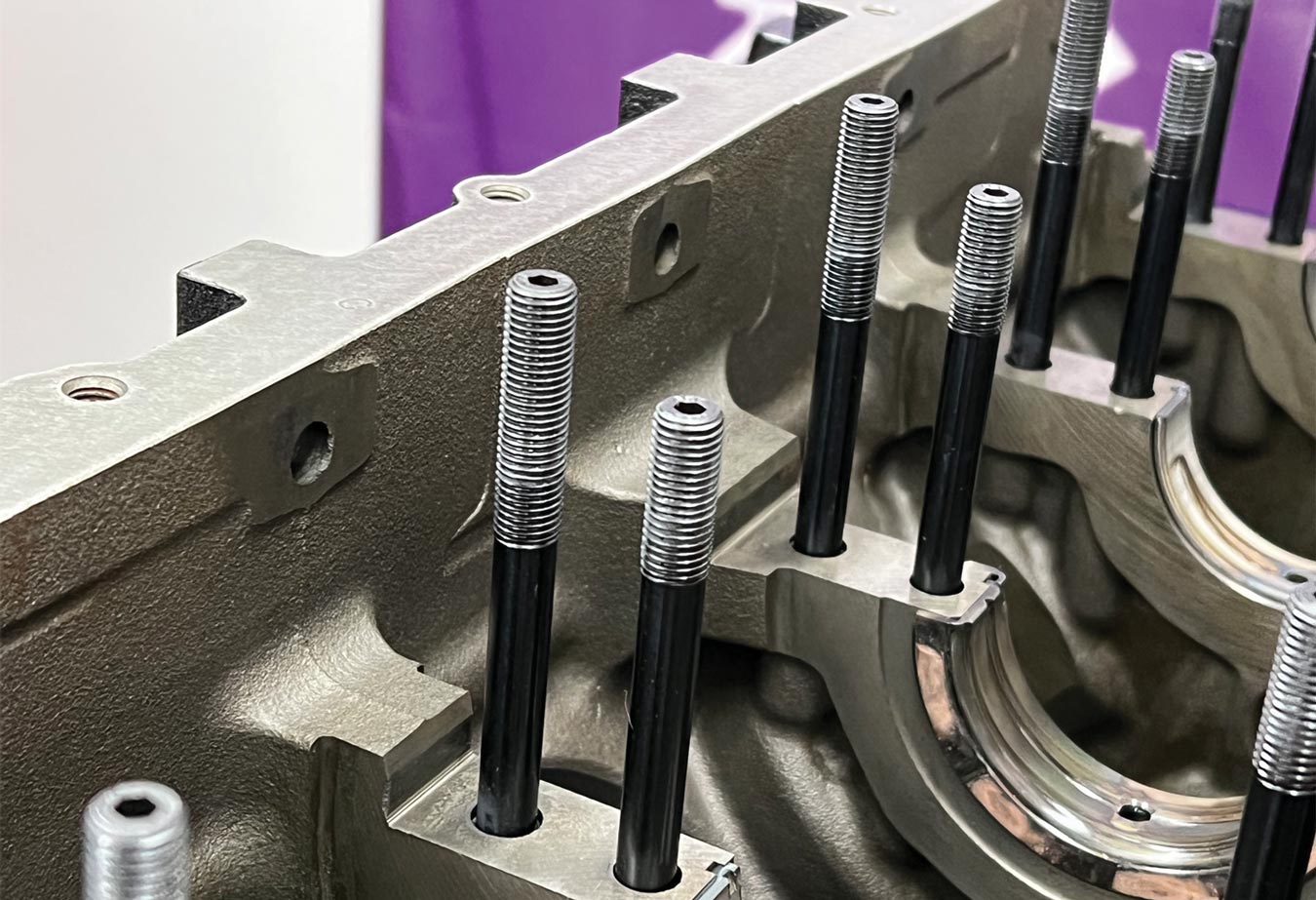
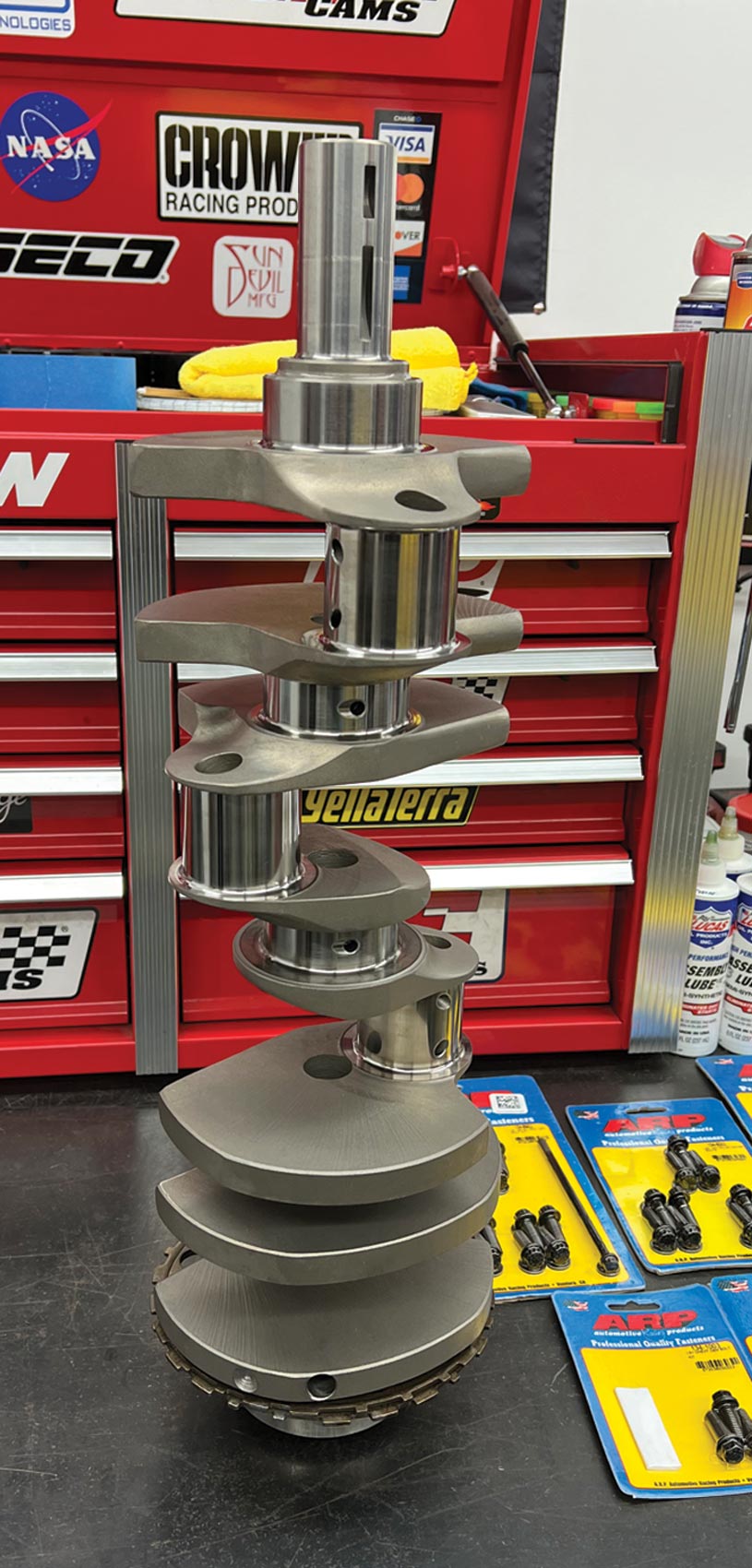

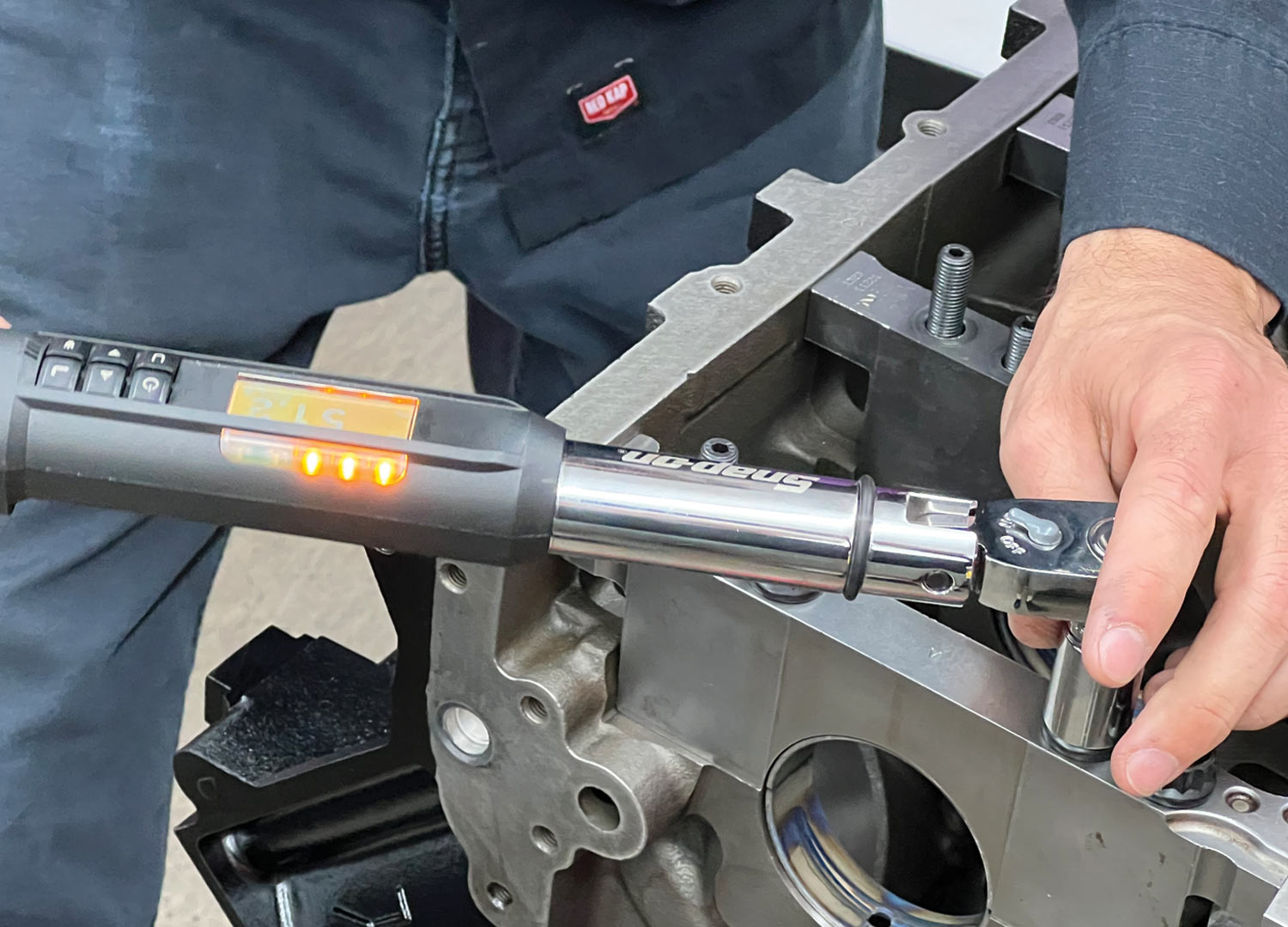
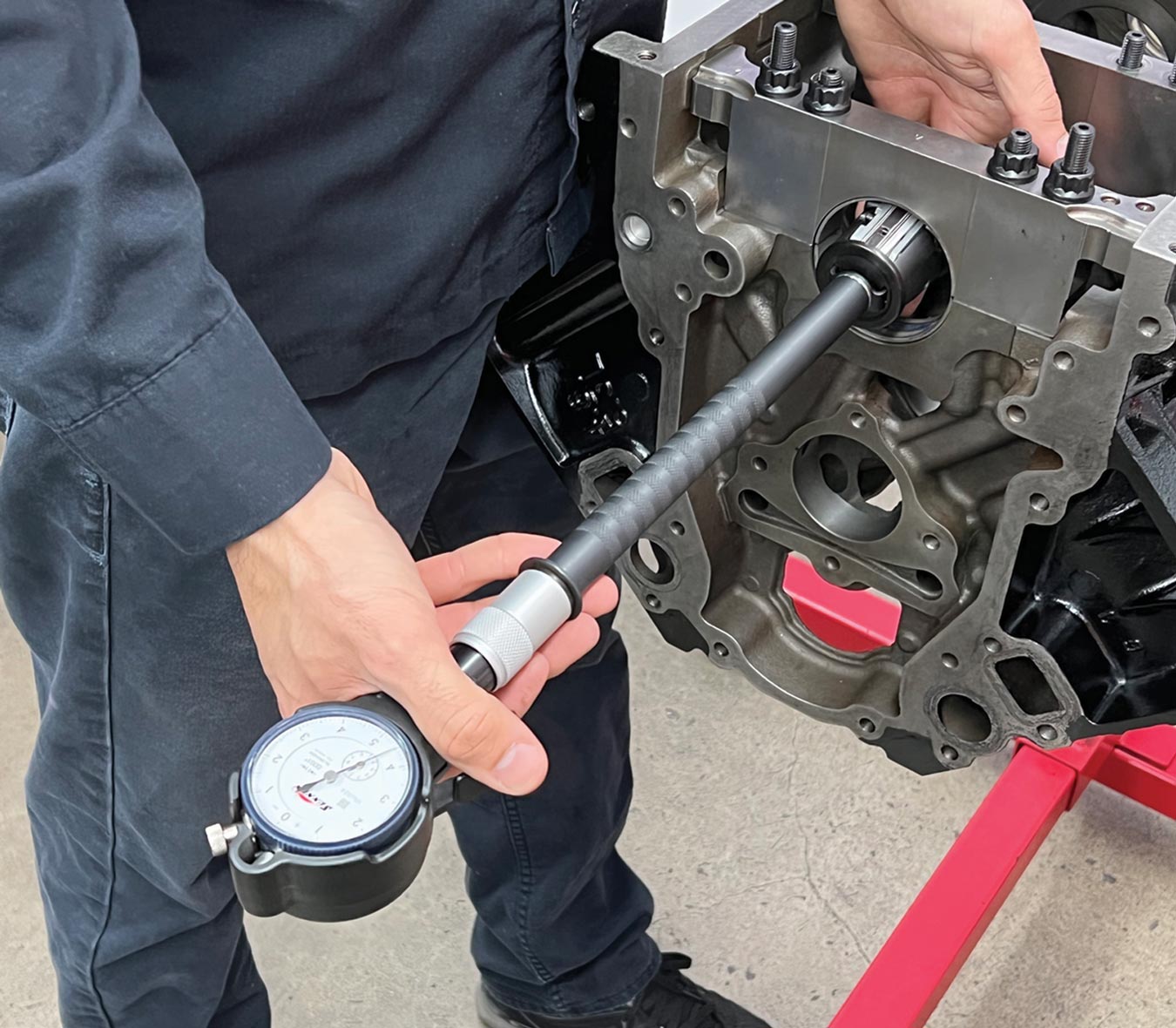
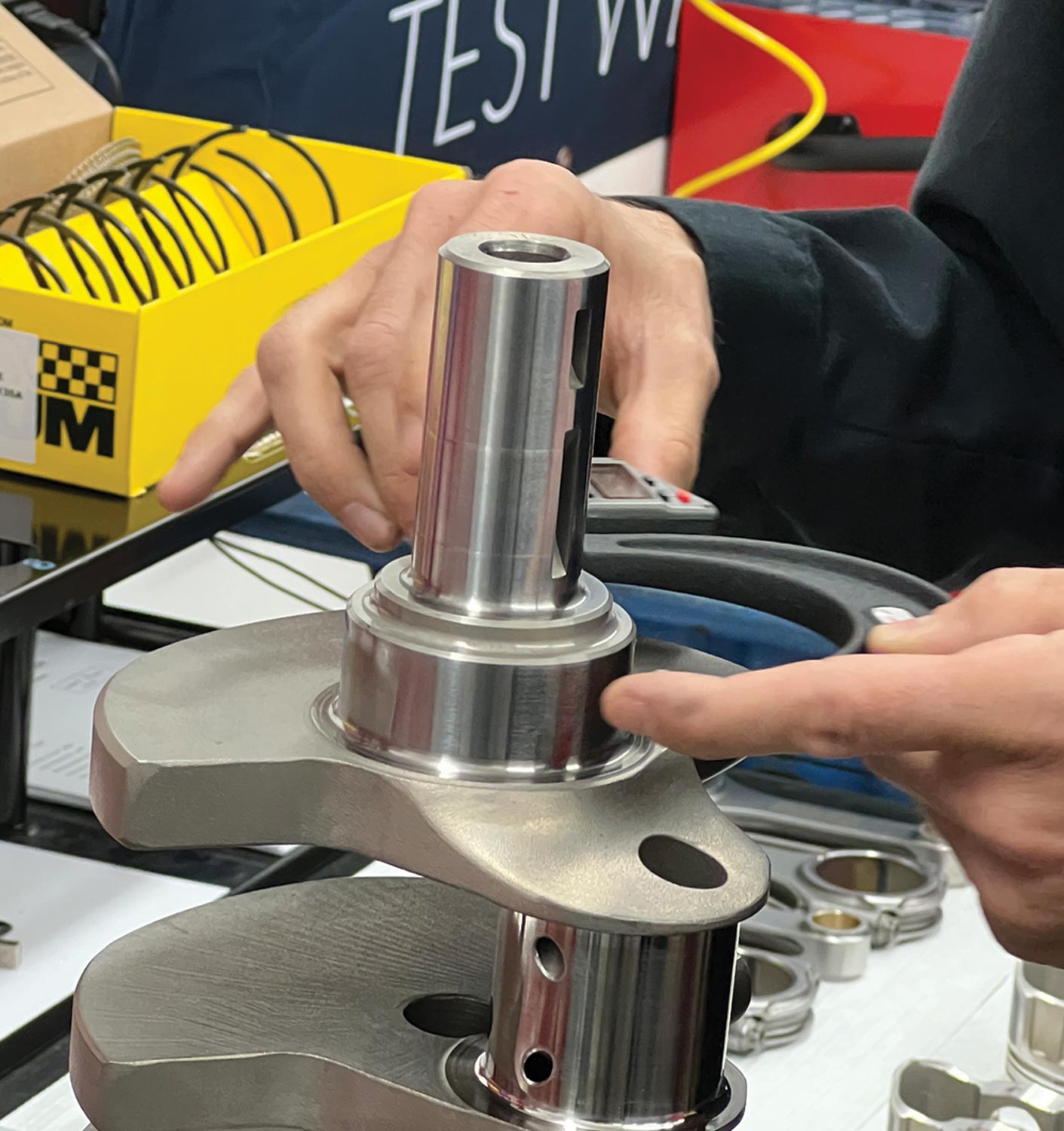
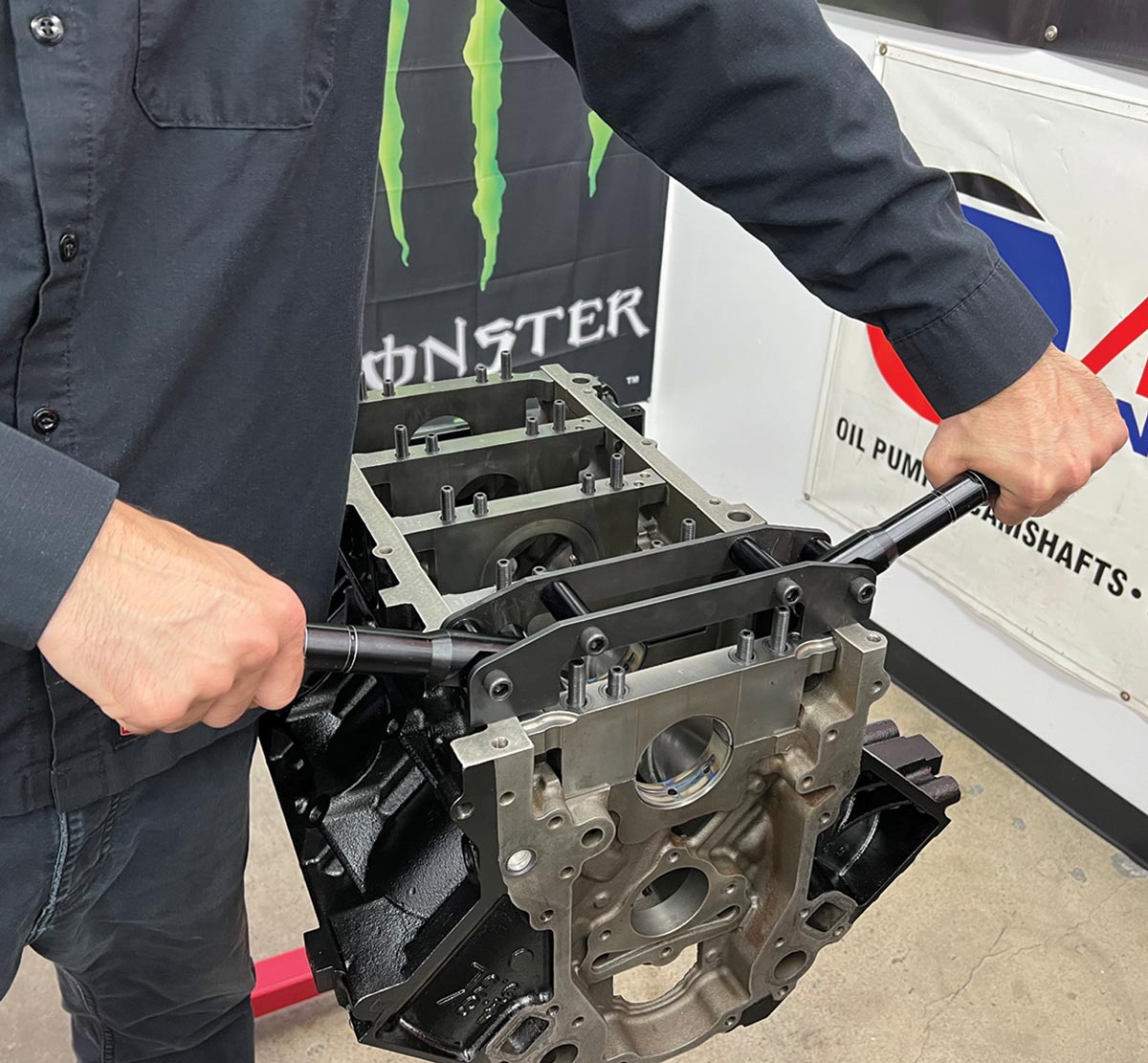
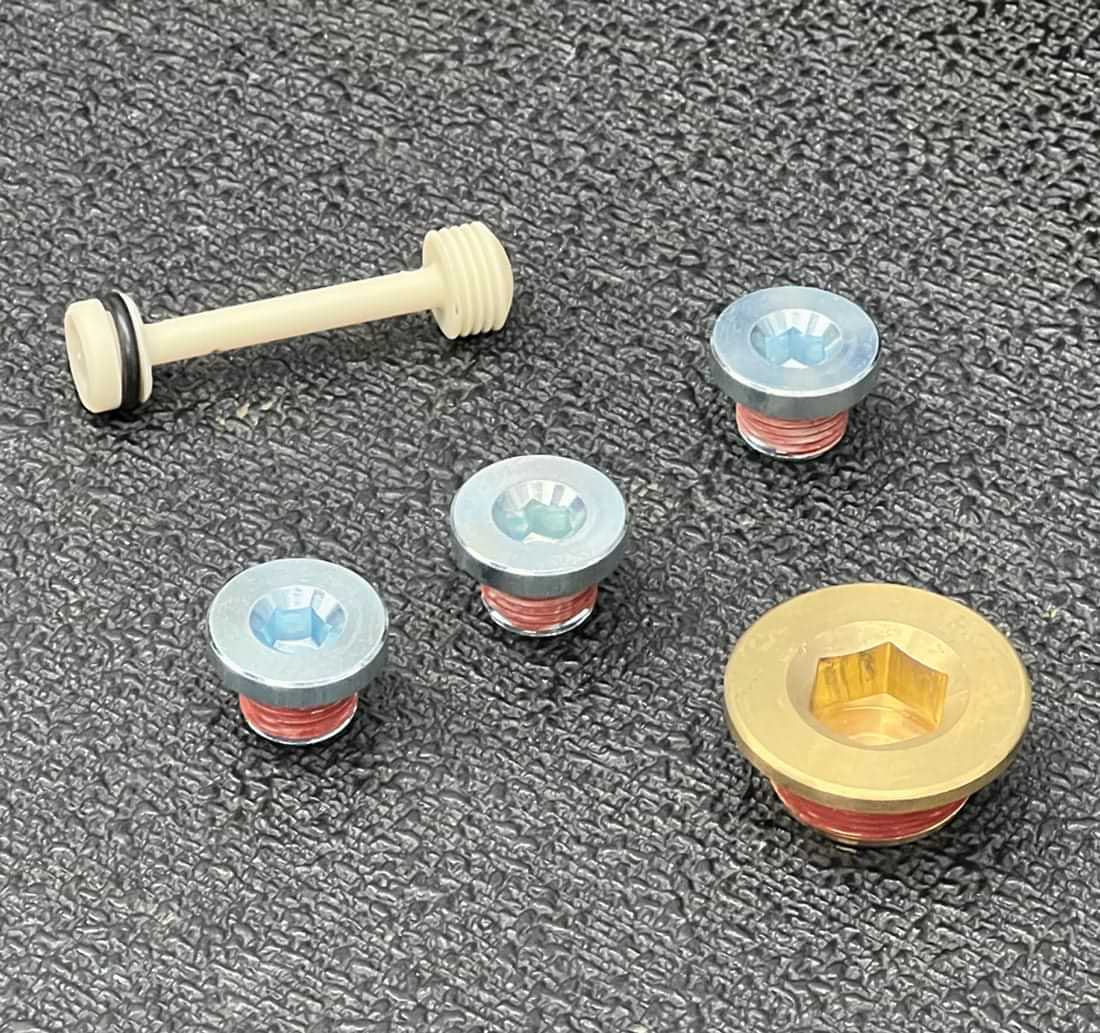
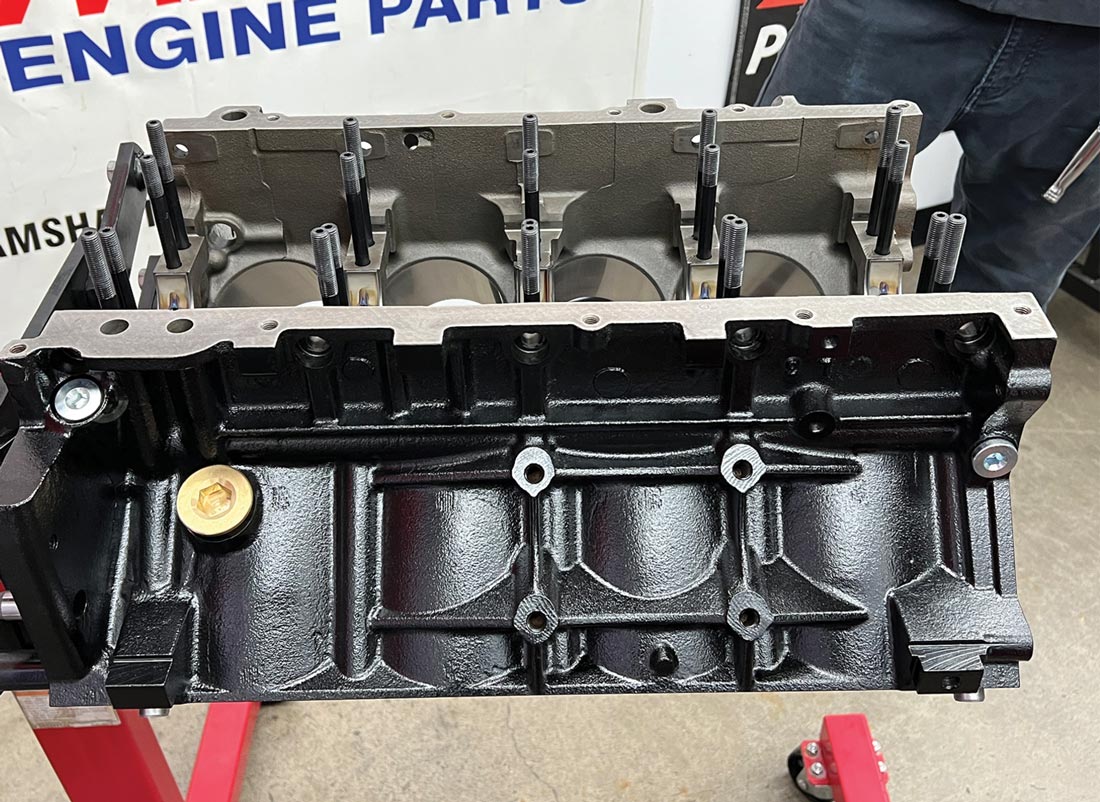
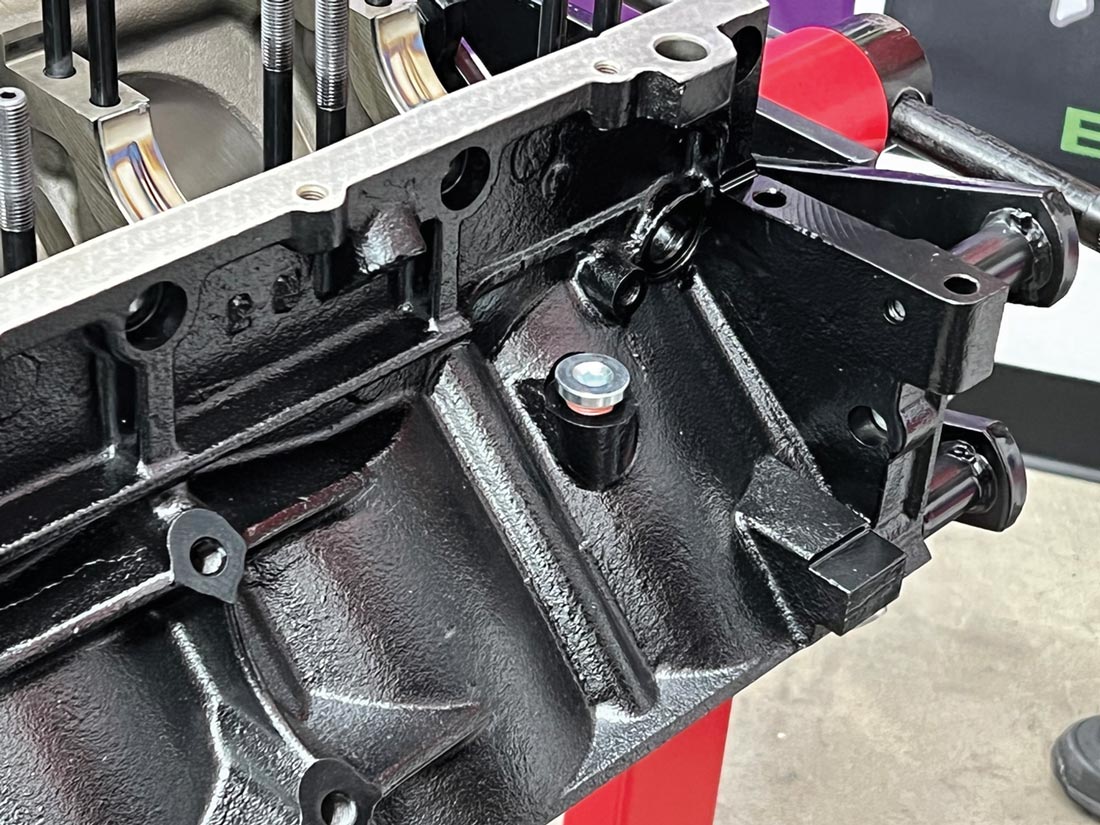
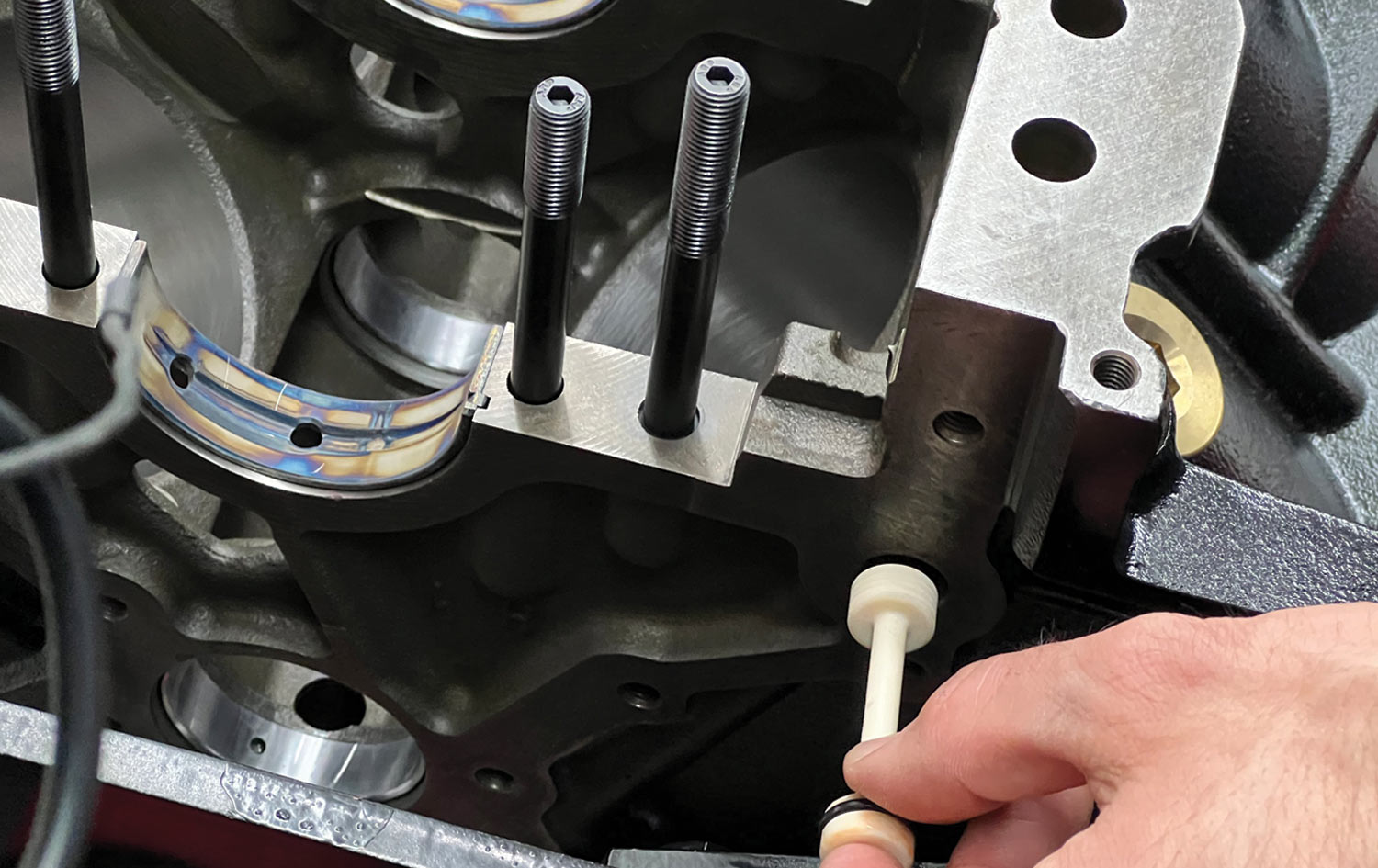
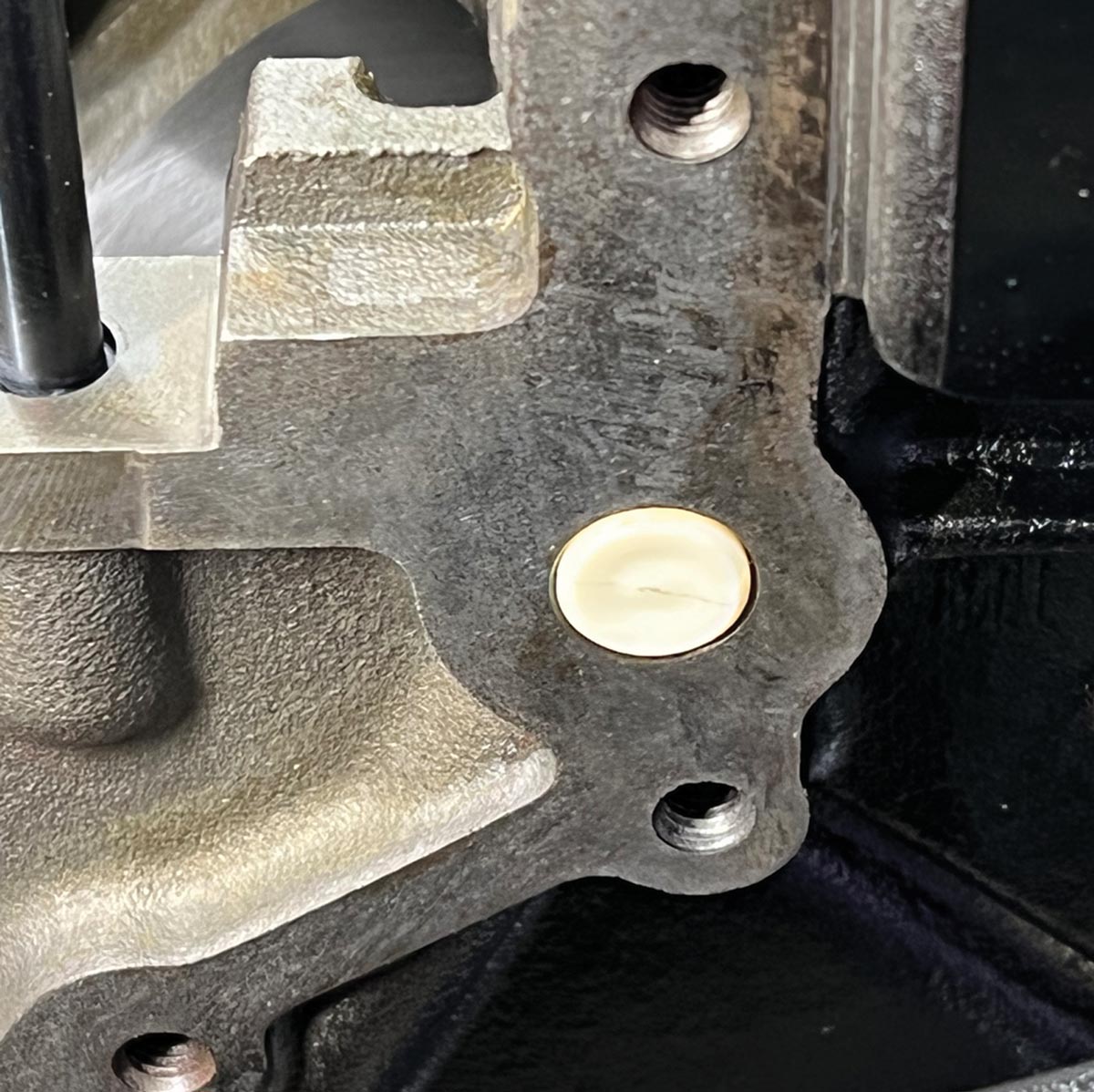
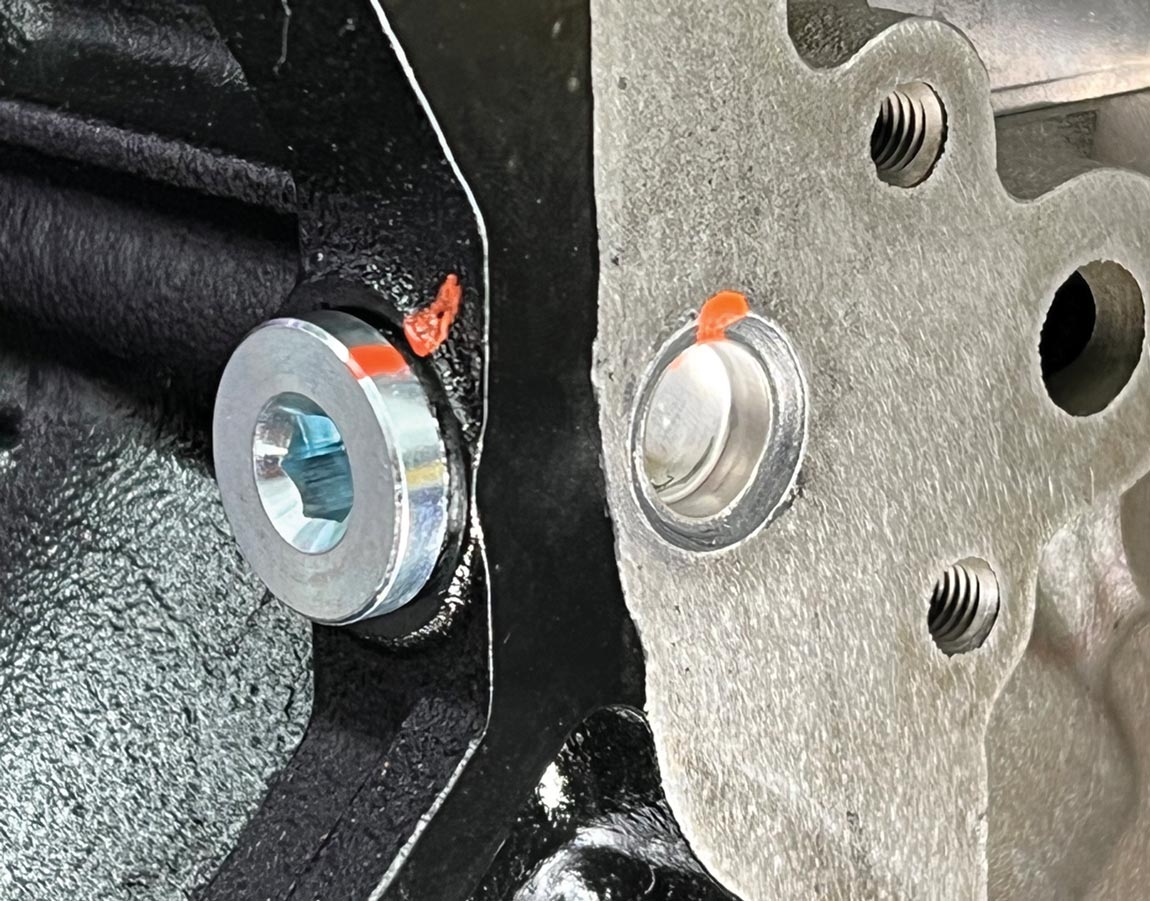
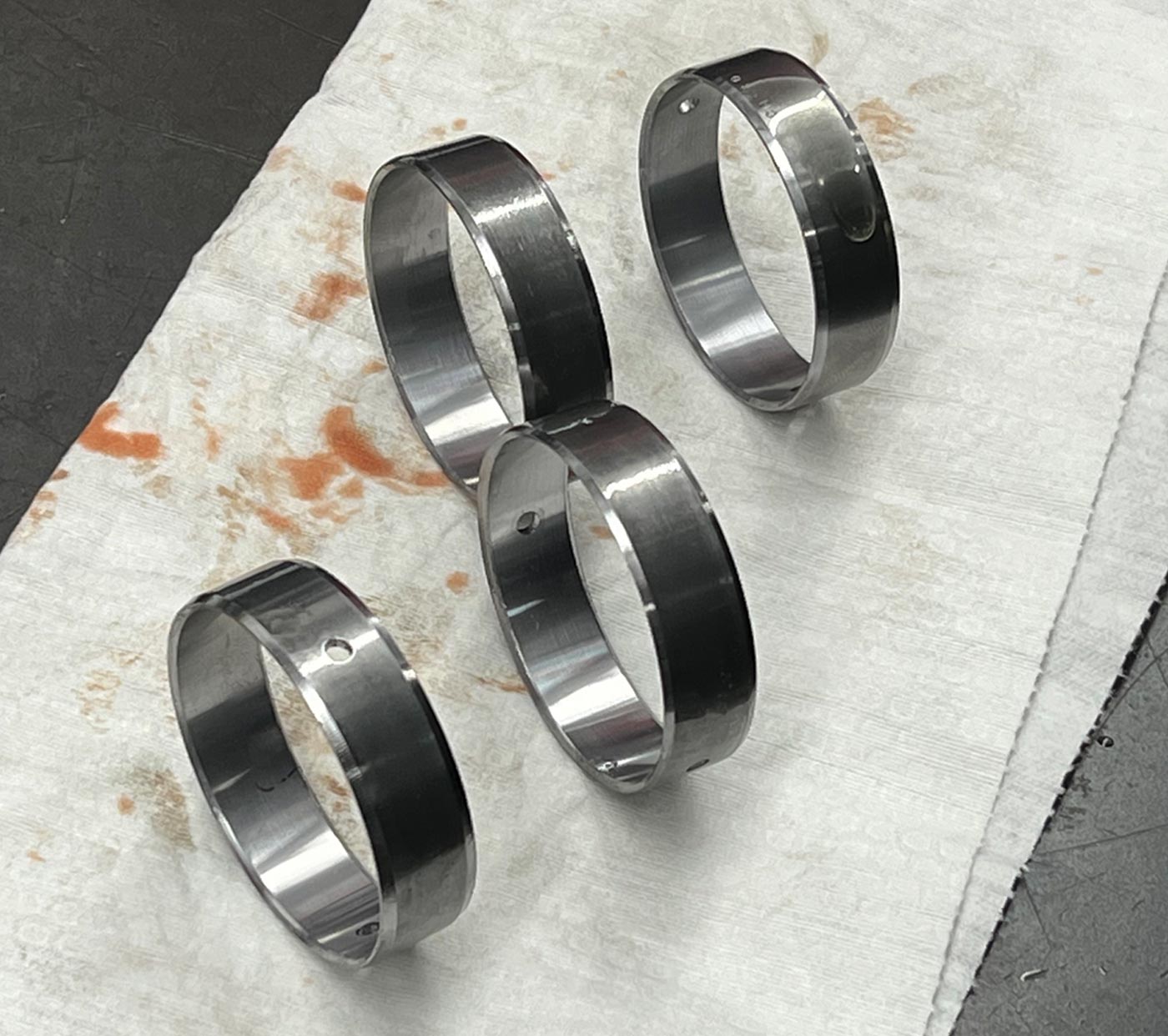

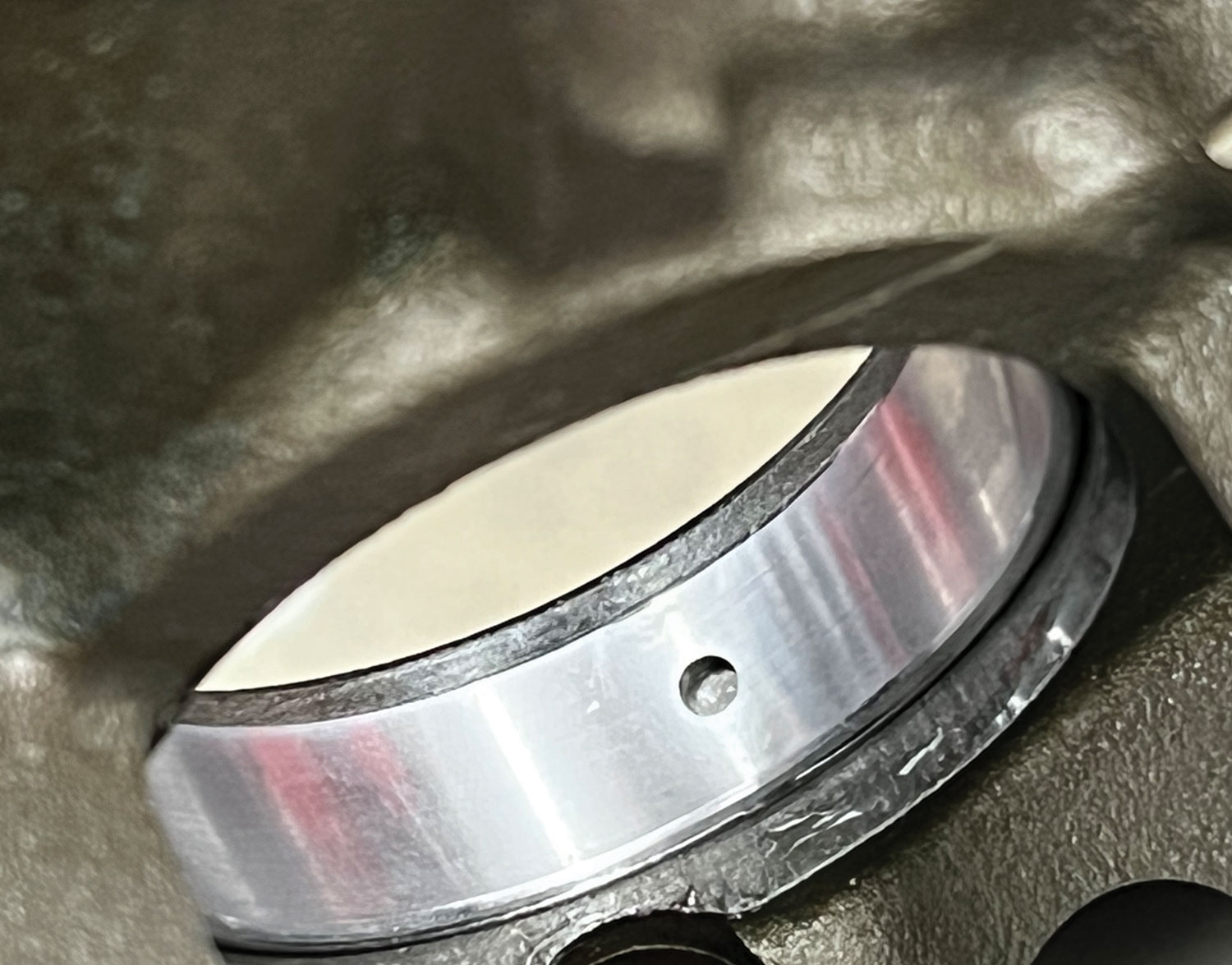

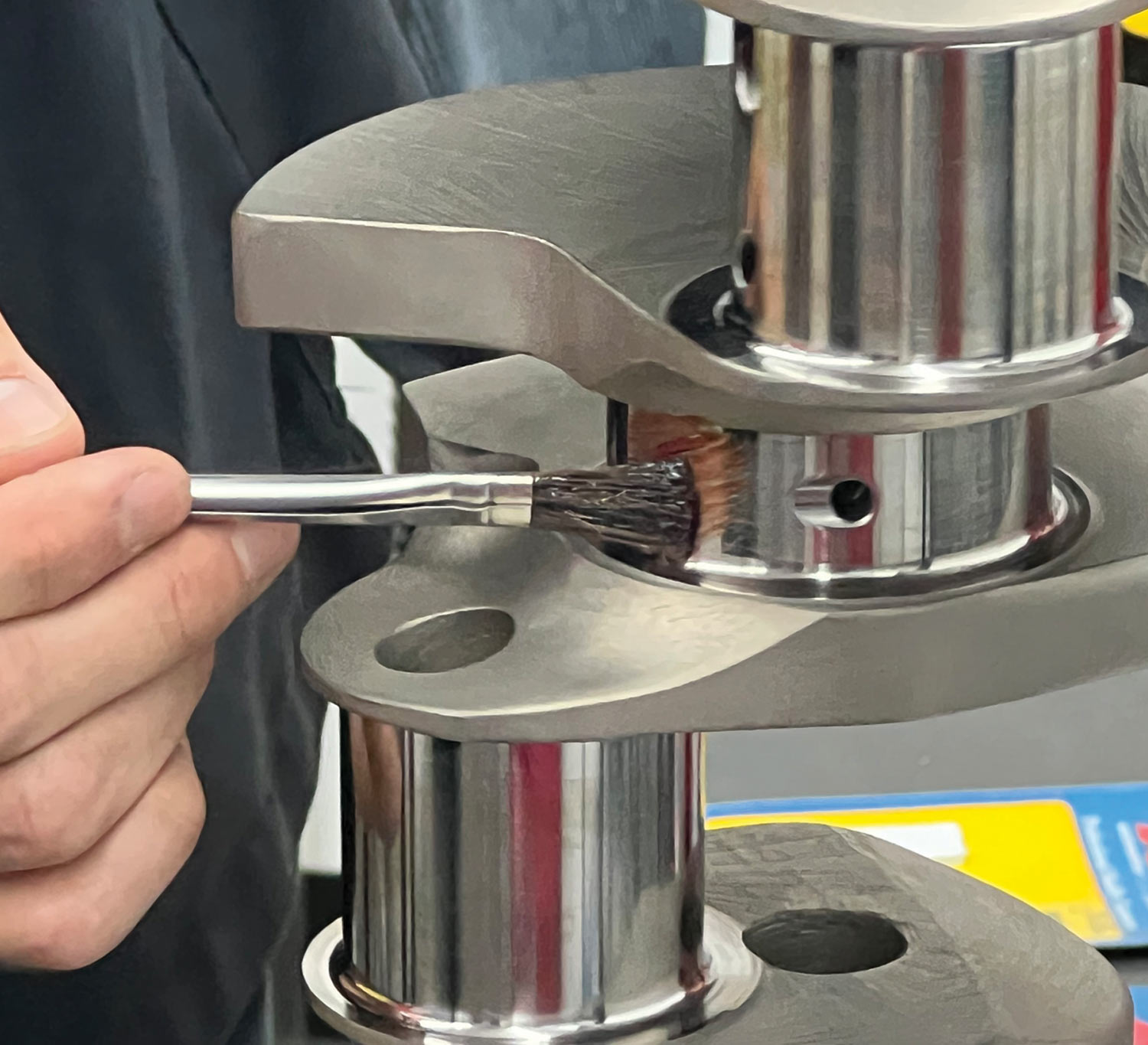

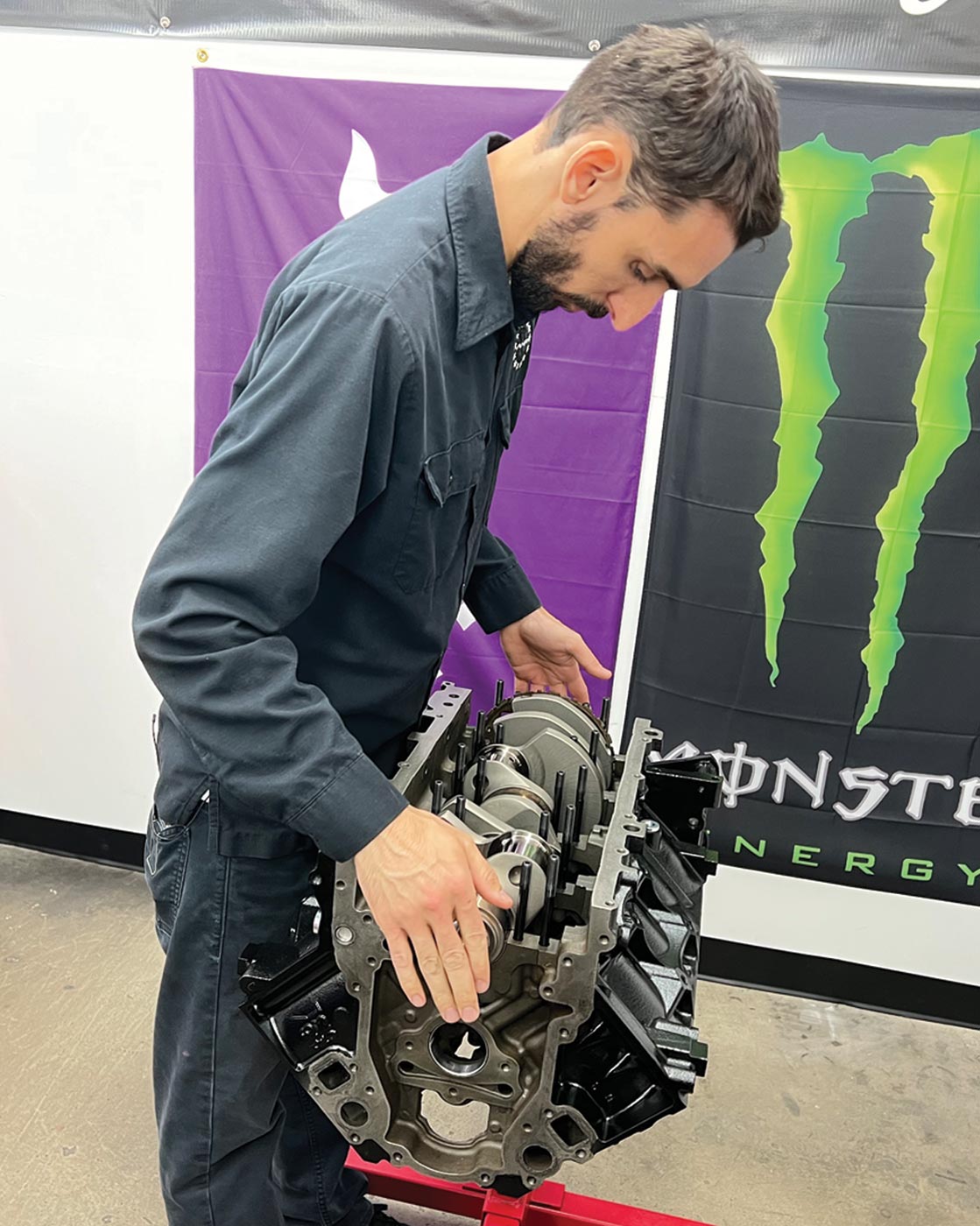

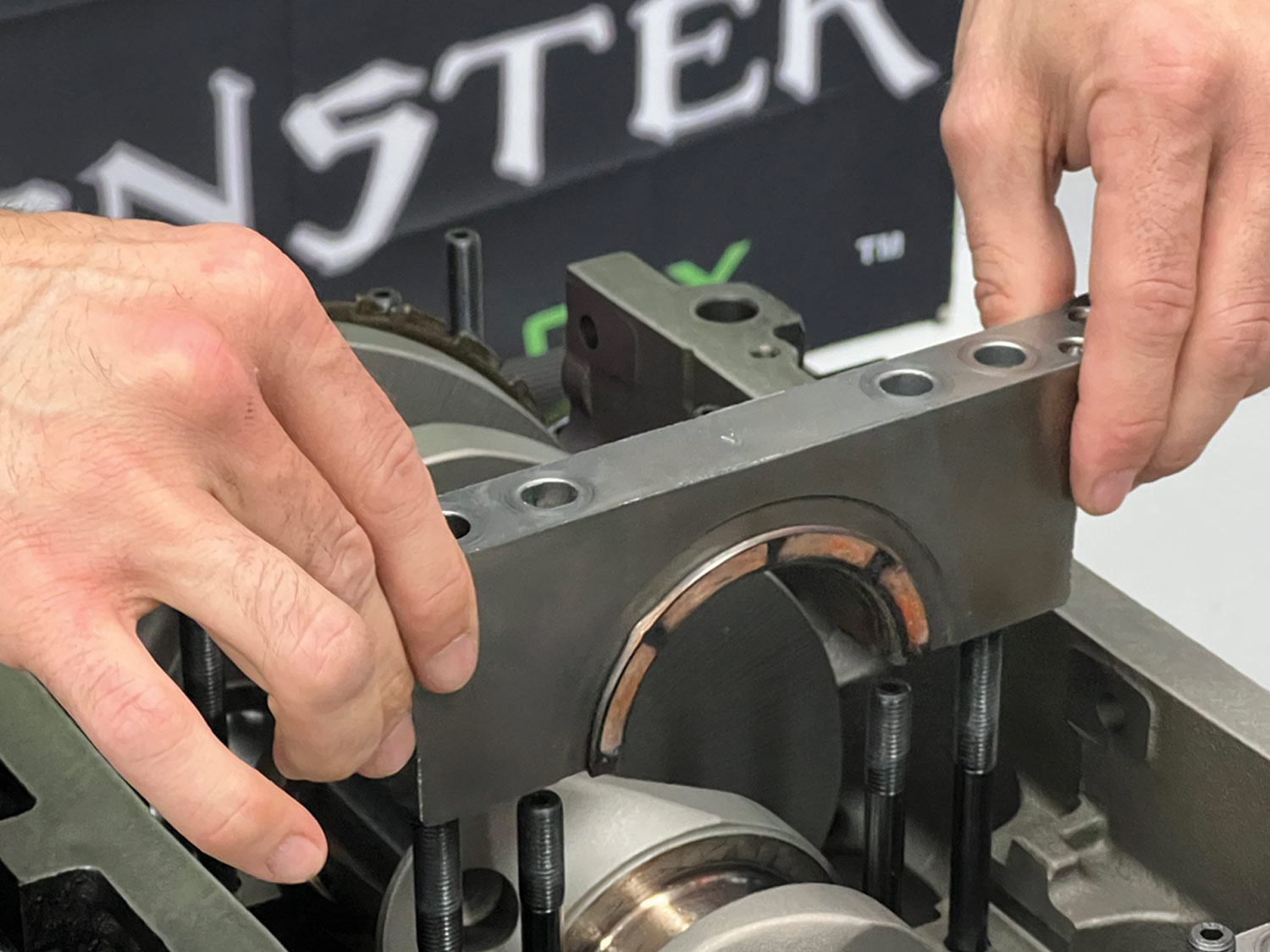

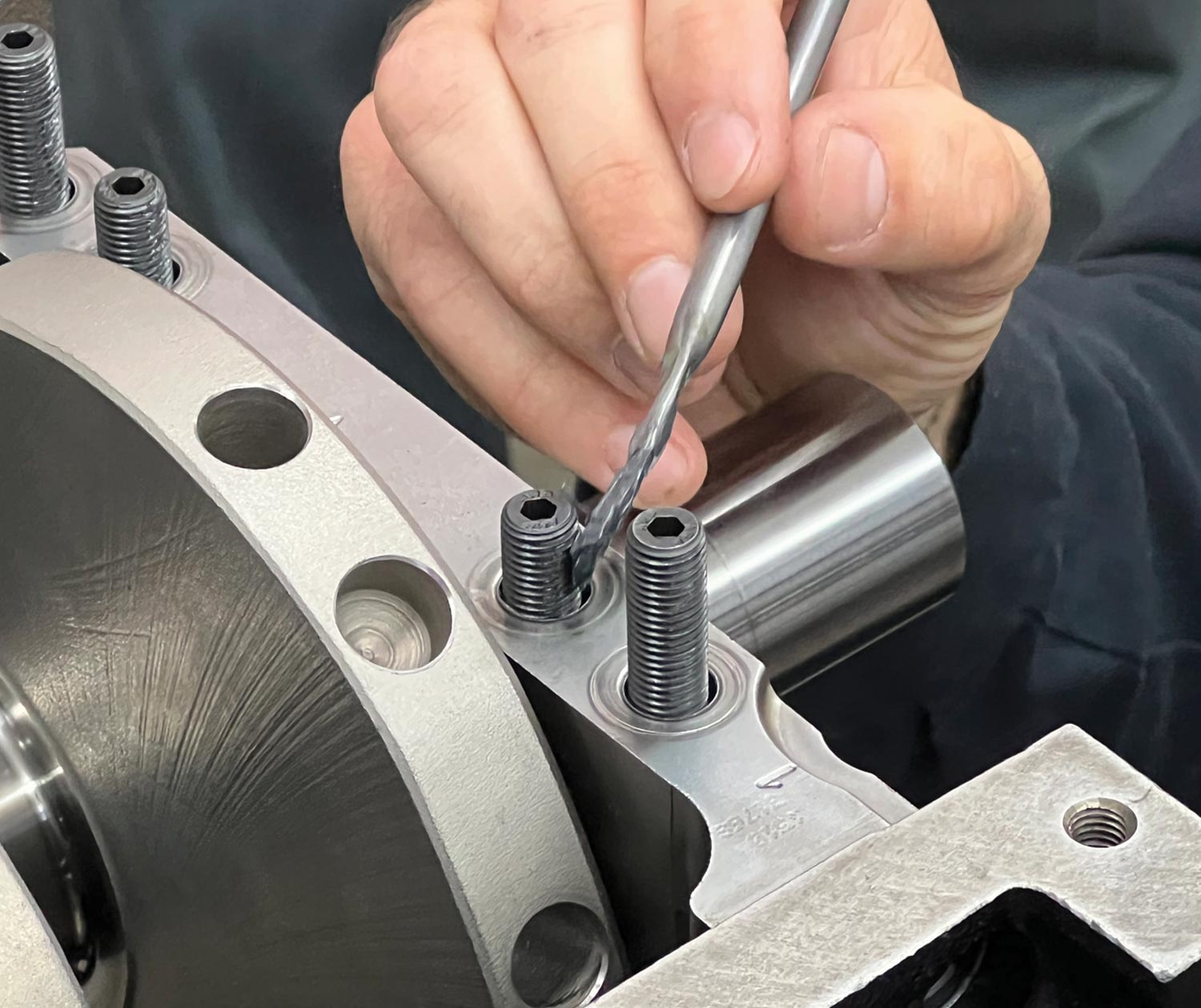
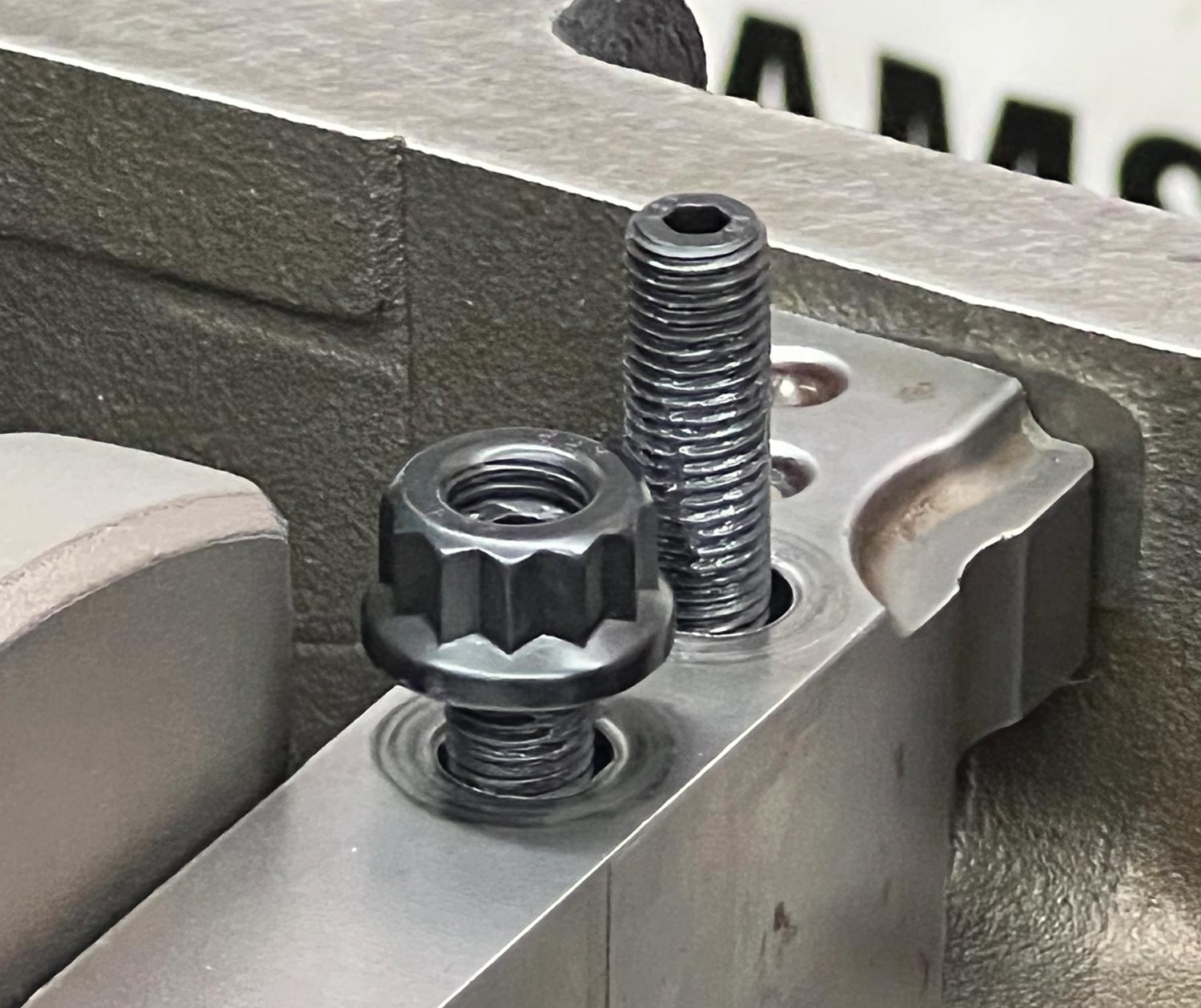
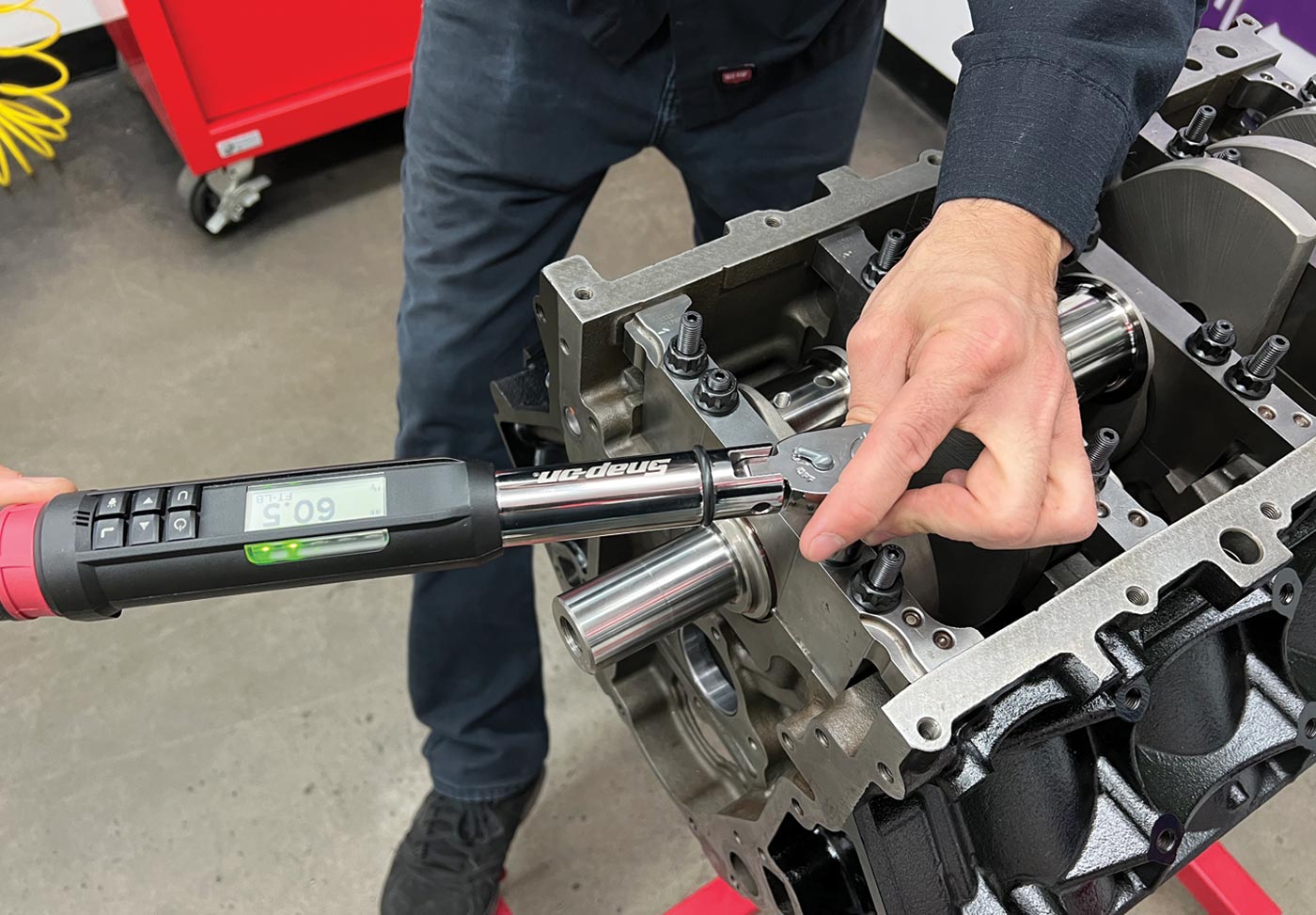
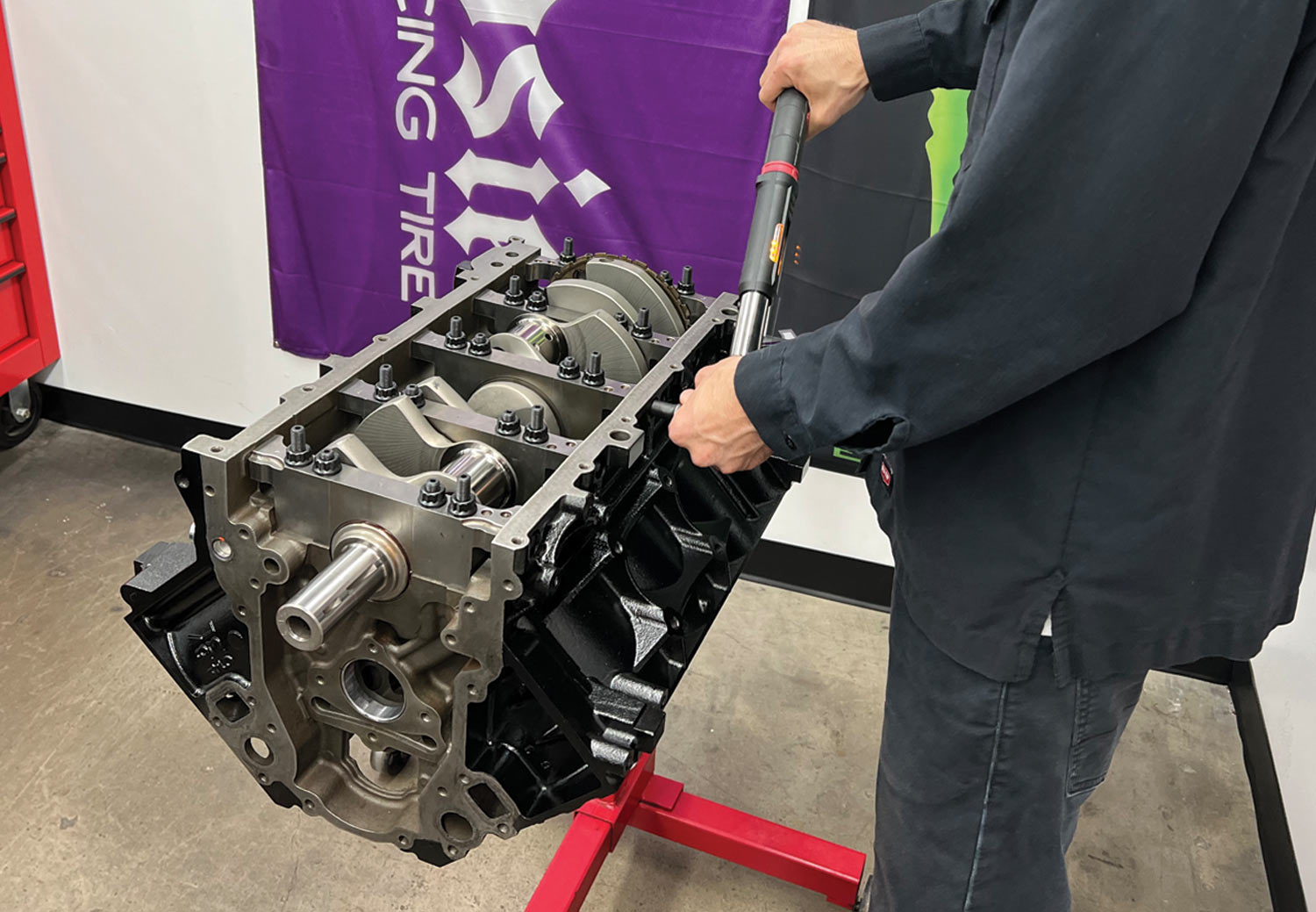
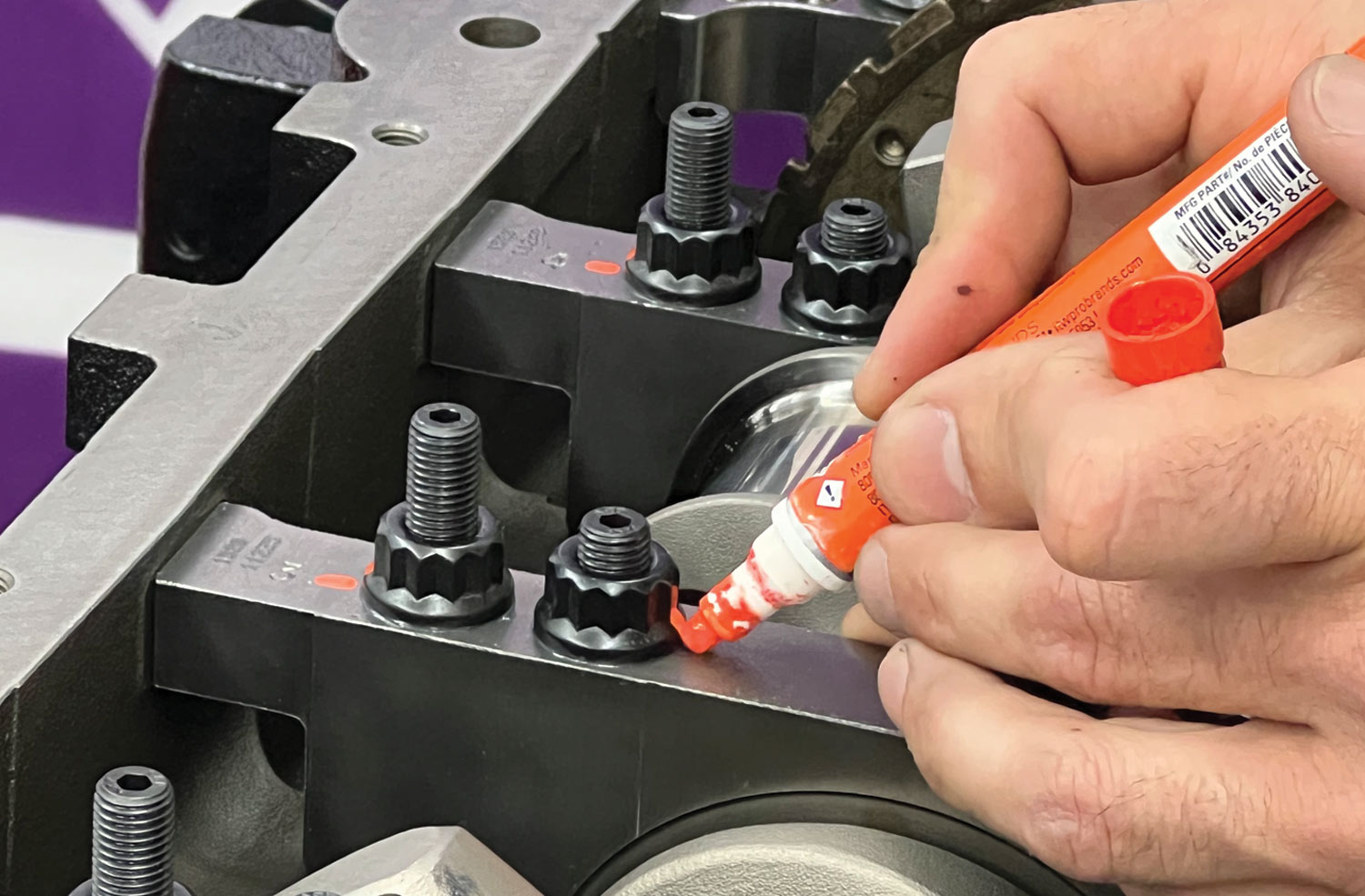
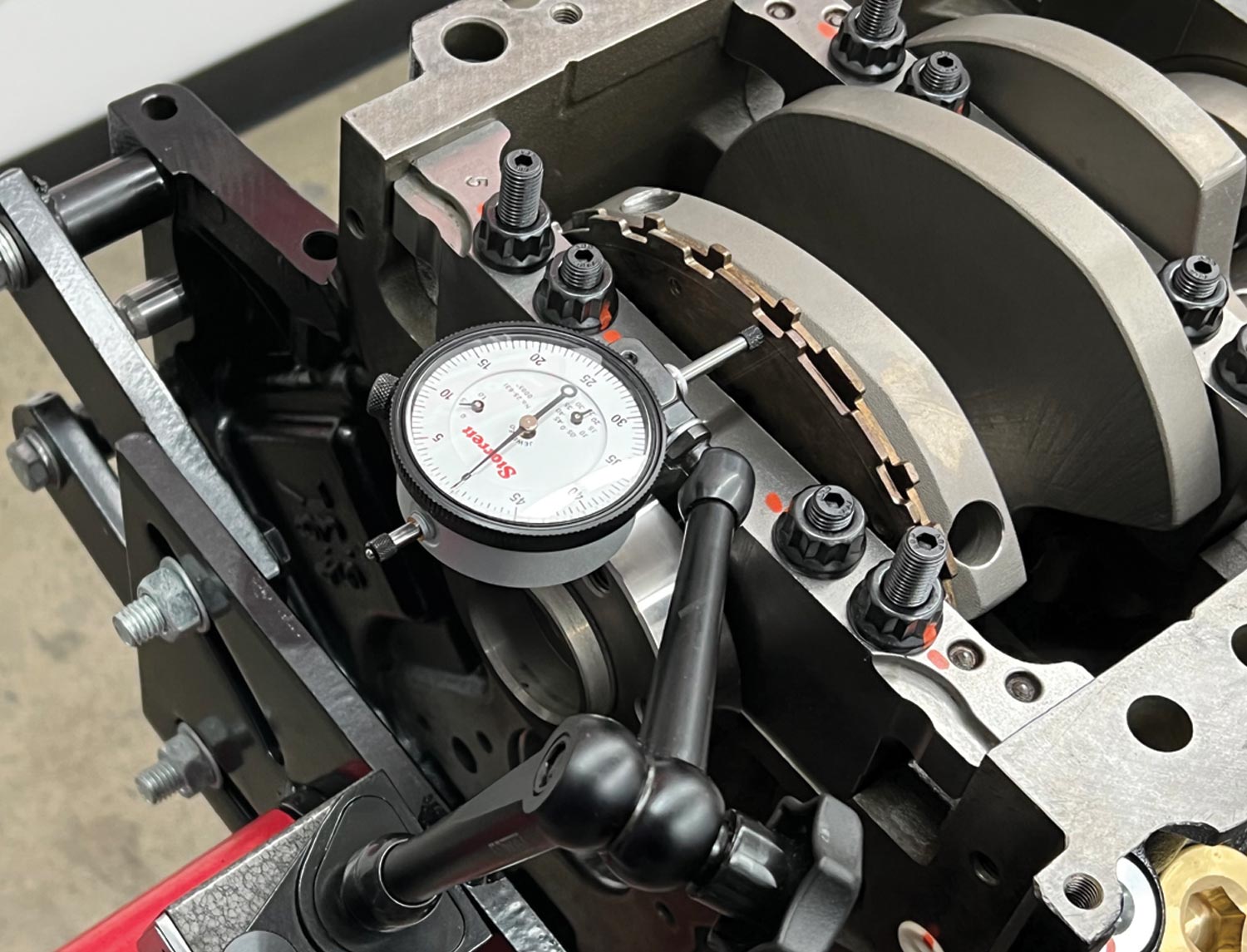

VOLUME 3 • ISSUE 24 • 2022